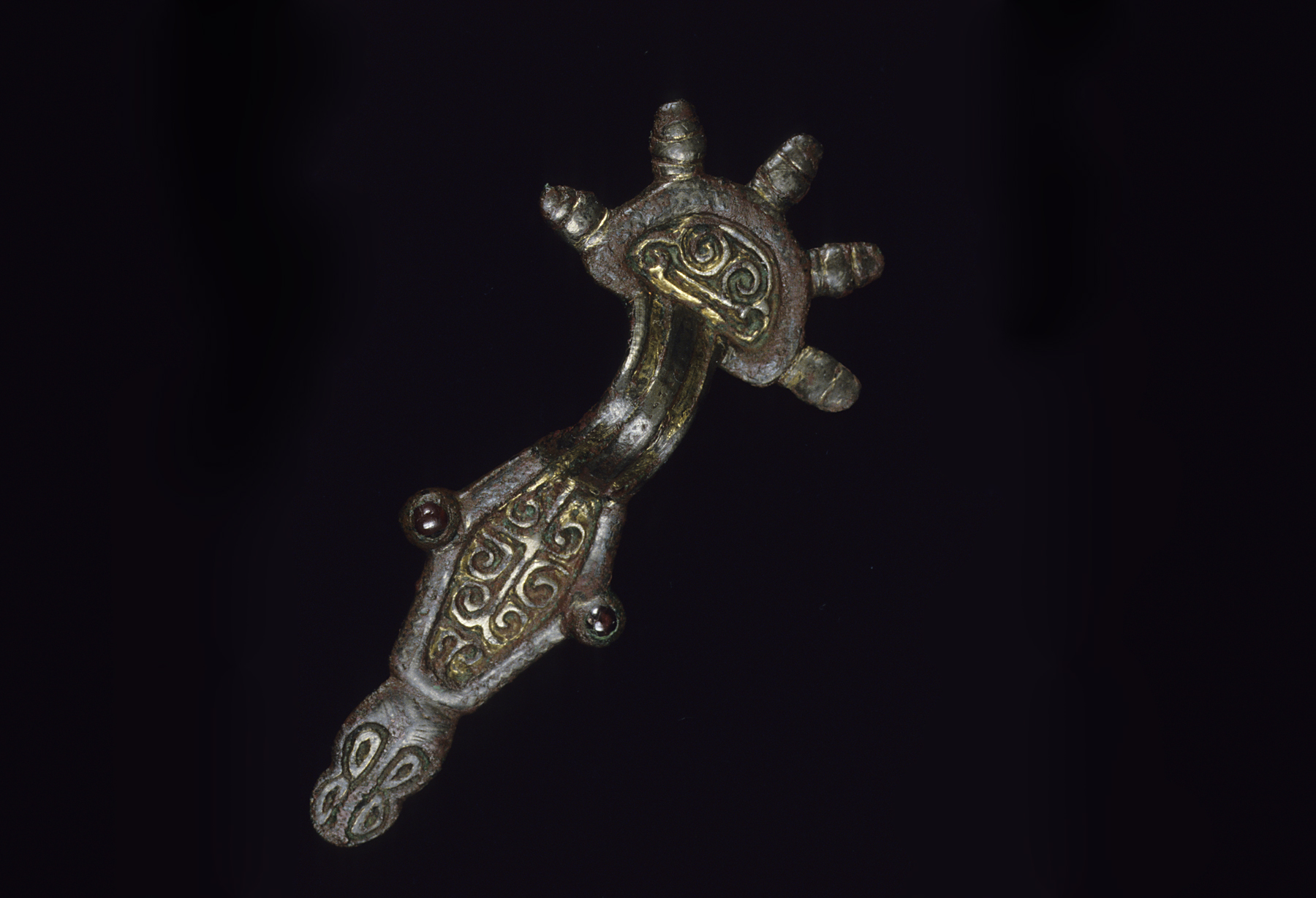fibula, unknown maker from France or Germany
Artwork Overview
fibula
, circa 500
Where object was made: Alemanic (present-day Germany or France)
Material/technique: cast bronze; niello; garnets; gilding
Dimensions:
Object Height/Width (Height x Width): 8.1 x 3.8 cm
Object Height/Width (Height x Width): 3 3/16 x 1 1/2 in
Object Height/Width (Height x Width): 8.1 x 3.8 cm
Object Height/Width (Height x Width): 3 3/16 x 1 1/2 in
Credit line: Anonymous gift in honor of Marilyn Stokstad
Accession number: 1983.0031
Not on display
If you wish to reproduce this image, please submit an image request





